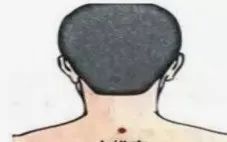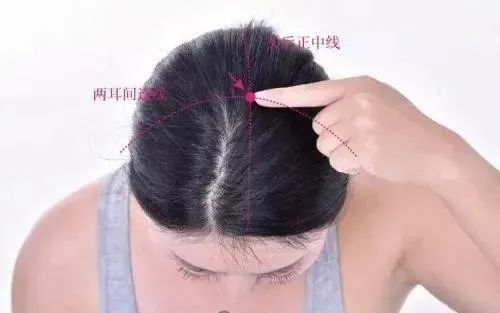
1. Baihui (Hundred Meetings) Point
Baihui, also known as Sanyang Wuhui, is the meeting point of all Yang energies in the head. Stimulating this point or regular massage can significantly prevent and treat cerebrovascular diseases. It has a remarkable uplifting effect and is particularly effective for organ prolapse. Baihui is located at the intersection of the midline of the head and the line connecting the tips of both ears. Its functions include calming the liver and extinguishing wind, clearing heat and opening the orifices; uplifting Yang and benefiting Qi, awakening the mind and calming the spirit.
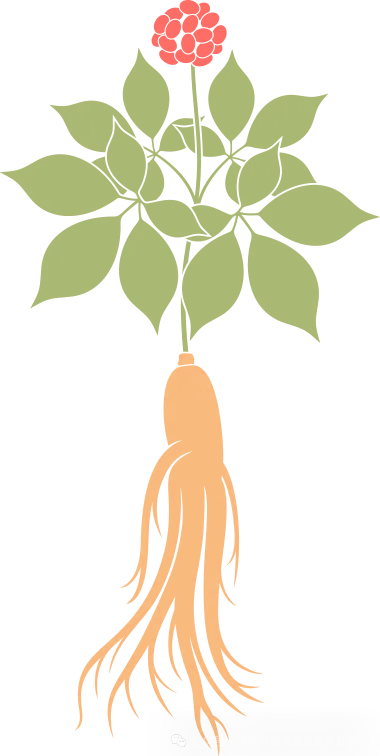
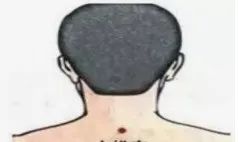
2. Dazhui (Great Vertebra) Point
Dazhui belongs to the Governing Vessel and is located at the midpoint between the seventh cervical vertebra and the first thoracic vertebra, which is prominent when the head is lowered. It is the intersection of the three Yang meridians of the hands and the Governing Vessel. Dazhui is situated at the upper back of the body, thus it is known as the “Yang of Yang” point, which governs the Yang Qi of the body and connects with the Yin Qi. Regular massage of this point can regulate Yin and Yang, unblock the meridians, promote Qi and blood circulation, clear heat and detoxify, prevent colds, and enhance the body’s immunity.
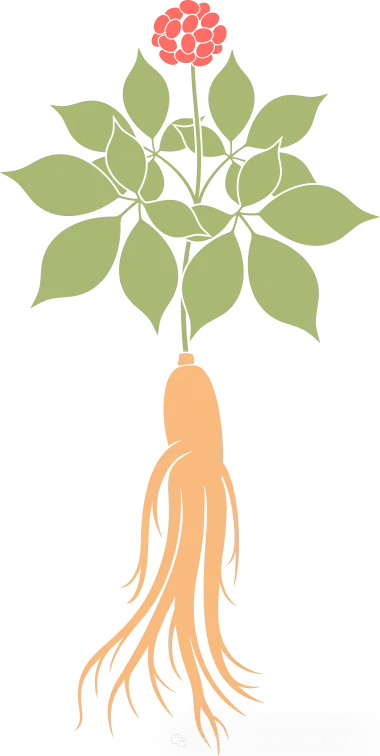
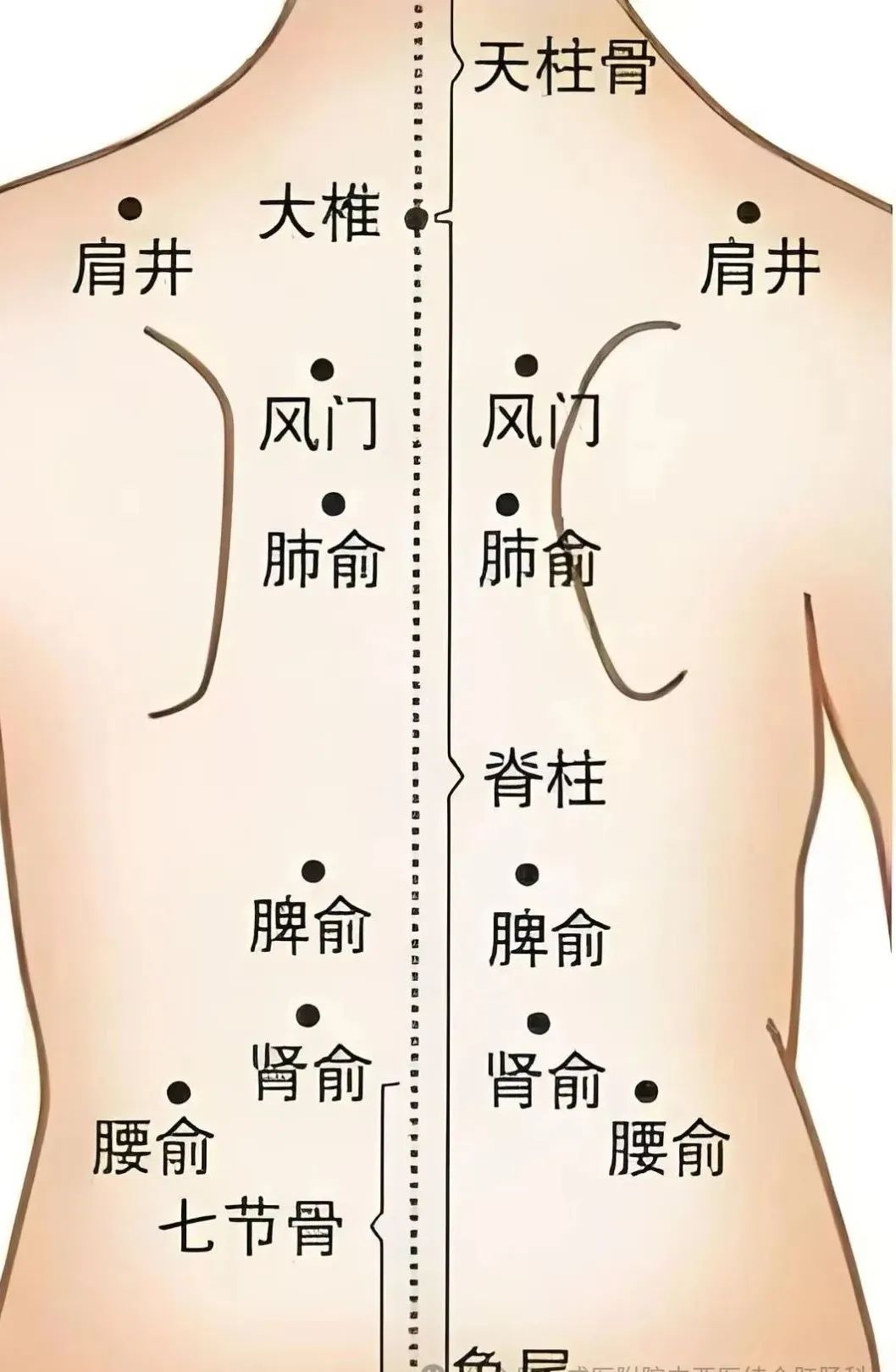
3. Back Shu Points
The Back Shu points of the five zang organs and six fu organs are distributed along the first lateral line of the Foot Taiyang Bladder Meridian. Massaging or cupping along this line can smooth the Qi of the five zang and six fu organs, regulate their physiological functions, and promote the circulation of Qi and blood throughout the body. This can reflexively stimulate the central nervous system through treatment of the spinal nerve roots, thereby enhancing the body’s resistance to disease.
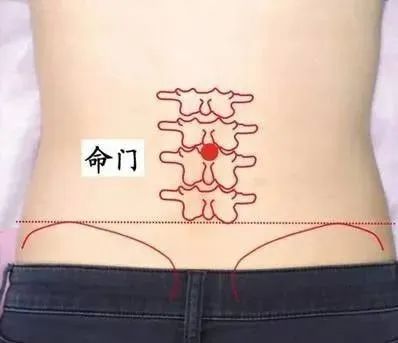
4. Mingmen (Gate of Life) Point
Mingmen is located directly opposite the navel; by drawing a circle around the waist with the navel as the center, the intersection with the midline of the back is the Mingmen point. Mingmen is known as the “Gate of Life” in the human body, where the innate Qi is stored, and is the source of life transformation. It is also a major longevity point for strengthening the kidneys and enhancing Yang. Massaging the Mingmen point in winter can nourish both Yin and Yang of the kidneys.

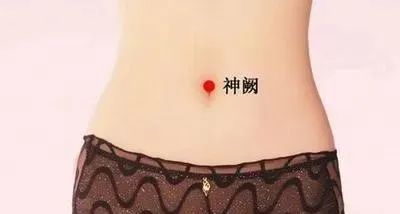
5. Shenque (Spirit Gate) Point
Shenque is the human navel, which is one of the important acupoints for health preservation and treatment. The fetus receives nutrition from the mother through the umbilical cord, hence it is called the “root of life.” It is the portal for the Qi of the body, belonging to the Ren Meridian, and is the sea of meridian Qi, the foundation of the five zang and six fu organs. Regular massage at the Shenque point can strengthen the spleen and kidneys, harmonize the stomach and regulate Qi, promote Qi flow and urination, and disperse stagnation.

6. Qihai (Sea of Qi) Point
Qihai is located in the lower abdomen, on the anterior midline, 1.5 cun below the navel. The ancients said, “The Qihai point warms the whole body,” emphasizing its health-preserving effects. This point not only has health benefits but is also widely used in internal, external, gynecological, pediatric, and postoperative care, such as treating gynecological disorders like irregular menstruation, abnormal leukorrhea, postpartum hemorrhage, uterine prolapse, male reproductive issues, digestive system, and urinary system diseases. It is a commonly used point in clinical practice. The Qihai point is the center of the human body and the source of vital energy. The true Qi of the body originates here, making it effective for warming and nourishing Yang Qi, supporting the body’s foundation, and replenishing deficiency caused by Yang insufficiency and cold diseases. Massaging this point can promote intestinal peristalsis, smooth Qi flow, and strengthen liver and digestive functions.
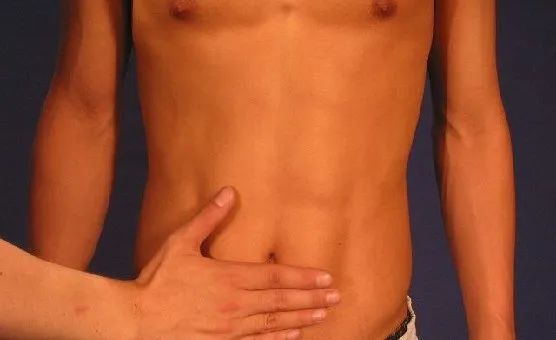
7. Guanyuan (Gate of Origin) Point
Guanyuan is located in the lower abdomen, on the anterior midline, 3 cun below the navel. Guanyuan can be considered the primary acupoint for sexual health in the human body. Traditional Chinese Medicine believes that regular stimulation of the Guanyuan point can strengthen the kidneys and solidify the foundation, and can also regulate Qi and restore Yang. It has excellent regulating and therapeutic effects on male reproductive system diseases such as nocturnal emissions, impotence, and infertility, as well as female conditions like obesity, edema, irregular menstruation, excessive leukorrhea, dysmenorrhea, and infertility. It also has significant therapeutic effects on gastrointestinal diseases and fatty liver.


8. Hegu (Union Valley) Point
Hegu, commonly known as the “Tiger’s Mouth,” is located on the Hand Yangming Large Intestine Meridian. The Hand Yangming Large Intestine Meridian starts from the hand, travels along the outer side of the arm, and reaches the head and face. Hegu has functions of clearing Yangming, dispelling wind and detoxifying, unblocking the meridians, and relieving pain. Regular massage can promote dental health, maintain smooth bowel movements, and has beautifying and anti-aging effects.


9. Neiguan (Inner Pass) Point
Neiguan is an important acupoint on the Hand Jueyin Pericardium Meridian, located two cun above the wrist crease on the palm side, between the palmaris longus tendon and the radial flexor tendon. It has calming the heart and spirit, regulating Qi and harmonizing the stomach, and unblocking the meridians. Regular stimulation of this point can ensure smooth flow of Qi and blood in the pericardium meridian, which is important for the prevention and treatment of cardiovascular diseases. Additionally, as the Hand Jueyin Pericardium Meridian traverses the upper, middle, and lower jiao, it also has good therapeutic effects on lung and gastrointestinal diseases.

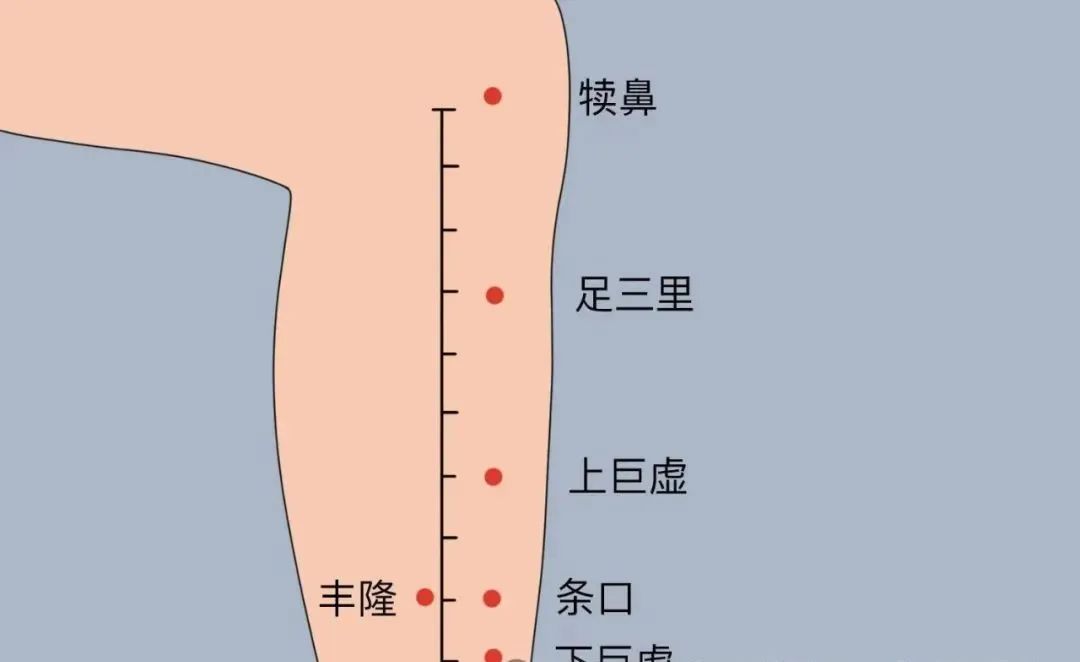
10. Zusanli (Leg Three Miles) Point
Zusanli is one of the acupoints for health preservation, known as the “Longevity Point” in ancient times. It is located 3 cun below the knee cap, one finger breadth lateral to the anterior border of the tibia. When locating the point, the patient should flex the knee, and the four fingers of the same side should be brought together, with the thumb at a 90° angle to the four fingers, pressing the inner edge of the thumb against the upper edge of the patella, while the other four fingers follow the outer edge of the patella downwards. The point is located where the tip of the middle finger reaches. According to TCM meridian theory, the Stomach Meridian of the Foot Yangming is a channel rich in Qi and blood, running from the head to the feet, traversing the entire body, mainly distributed in the head, face, chest, abdomen, and the anterior edge of the lower limbs. Therefore, Zusanli can not only regulate the digestive system but also treat diseases along the path of the Stomach Meridian, as well as various systemic diseases such as hypertension, heart disease, gastrointestinal disorders, and diabetes.

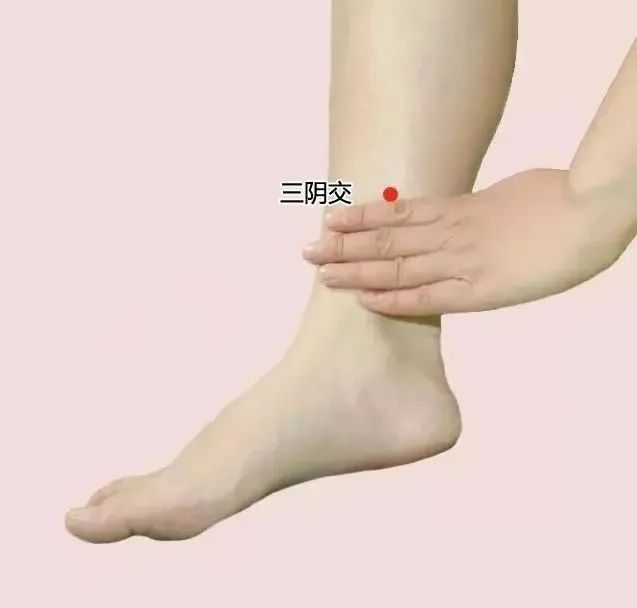
11. Sanyinjiao (Three Yin Intersection) Point
Sanyinjiao is located three cun above the medial malleolus, on the posterior border of the tibia, where the three Yin meridians of the liver, kidneys, and spleen intersect. The liver stores blood, the spleen governs blood, and the kidneys store essence; essence and blood share the same source. The kidneys are the foundation of congenital essence, while the spleen is the foundation of acquired essence. The congenital essence relies on the nourishment of the acquired essence, and the acquired essence relies on the stimulation of the congenital essence. Regular massage of the Sanyinjiao point can regulate the Qi of the three Yin meridians, enhancing the vitality of congenital essence and ensuring sufficient acquired essence, thus achieving health and longevity.


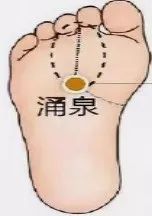
12. Yongquan (Gushing Spring) Point
Yongquan is the first acupoint of the Foot Shaoyin Kidney Meridian, located at the center of the sole of the foot, at the anterior depression between the second and third toes, one-third of the distance from the toes to the heel. Dampness and toxins can easily accumulate here, making it difficult to expel, leading to blockage of meridian Qi or transmission to other parts of the body, causing various diseases. Massaging the Yongquan point can expel dampness and toxins from the body, unblocking the Qi of the Foot Shaoyin Kidney Meridian. When kidney Qi is abundant, the body is energetic, leading to strong teeth, dark hair, clear hearing, and vision, and delaying aging.
Disclaimer: Some articles on this site are reprints, and the copyright belongs to the original author; reprinting is for the purpose of conveying information and sharing. If there are errors in source attribution or infringement of your legal rights, please contact the author with proof of ownership, and we will promptly correct or delete it. Thank you.Note: The above content is for reference only and may not be suitable for all populations. It is recommended to adjust under the guidance of a physician.

